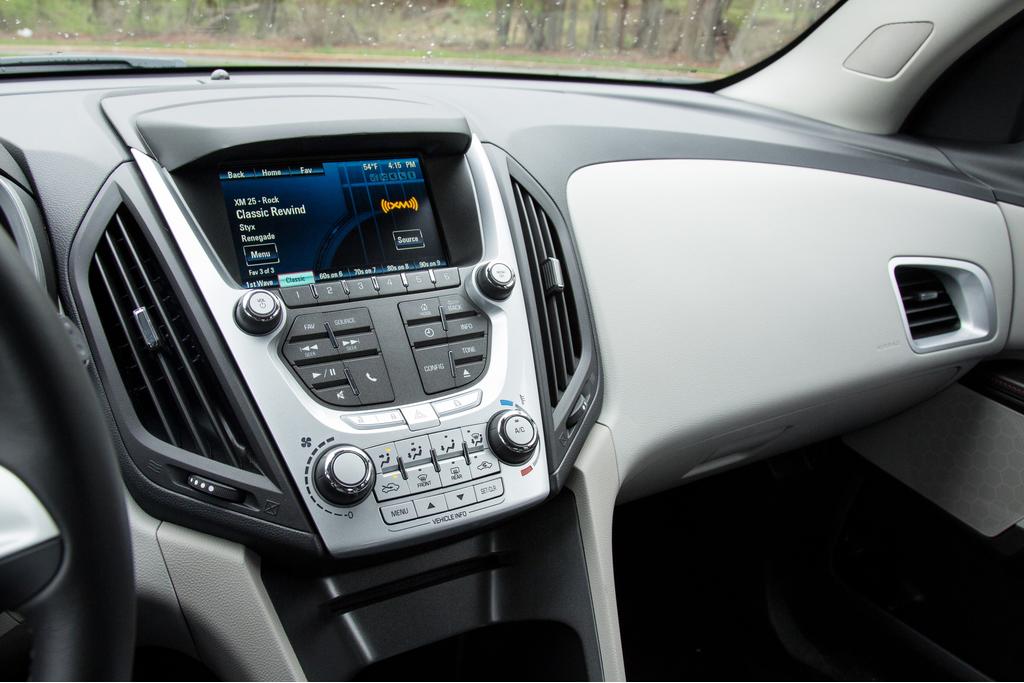
Traffic ahead comes to an abrupt stop. Another car veers into your lane. A child chases a ball into the street. The events leading up to a deadly accident can happen in the blink of an eye. The growing problem of driver distraction opens the window of danger much wider than you think. According to a just-released study from travel-services giant AAA, the period of distraction can last long after the initial moment of inattention occurs, be it distraction from a cellphone or an in-car multimedia system.
Related: Study: Teens Report 60% of Parents Text While Driving
In its study of the distraction periods caused by the use of in-vehicle multimedia systems and smartphone features, researchers with AAA's Foundation for Traffic Safety tested the reactions of 322 drivers ages 21 to 70 using hands-free technologies in 10 model-year 2015 vehicles and three smartphone systems. While systems performed better if they were relatively easy to use, required less time for tasks and had fewer errors, all the tested systems resulted in distraction levels researchers deemed unsafe.
"Researchers found that potentially unsafe levels of mental distraction can last for as long as 27 seconds after completing a distracting task in the worst-performing systems studied," AAA said in a statement. "At the 25 mph speed limit in the study, drivers traveled the length of nearly three football fields during this time."
The best-performing multimedia systems, meanwhile, still distracted drivers for 15 seconds after the initial task.
Researchers assessed the systems on a five-point scale, with one representing mild distraction comparable to listening to the radio, two being potentially dangerous and five being a "very high" level of distraction. The systems were tested by drivers who used voice commands to make calls or change music while driving. Here's how the voice-activated systems ranked, followed by their distraction score:
1. Chevrolet Equinox, 2.4
2. Buick LaCrosse, 2.4
3. Toyota 4Runner, 2.9
4. Google Now, 3.0
5. Ford Taurus, 3.1
6. Chevrolet Malibu, 3.4
7. Apple Siri, 3.4
8. Volkswagen Passat, 3.5
9. Nissan Altima, 3.7
10. Chrysler 200c, 3.8
11. Hyundai Sonata, 3.8
12. Microsoft Cortana, 3.8
13. Mazda6, 4.6
In light of the study's findings on the extended driver-distraction effect, AAA President and CEO Marshall Doney urged drivers to remain cautious while using in-car and smartphone technologies, even in a traffic lull or some other temporary situation. He also called on automakers to continue improving their products.
"Developers should reduce mental distractions by designing systems that are no more demanding than listening to the radio or an audiobook," Doney said in a statement. "Given that the impairing effects of distraction may last much longer than people realize, AAA advises consumers to use caution when interacting with these technologies."
No comments:
Post a Comment